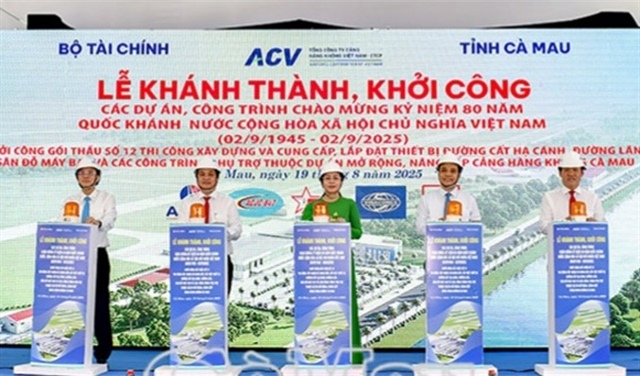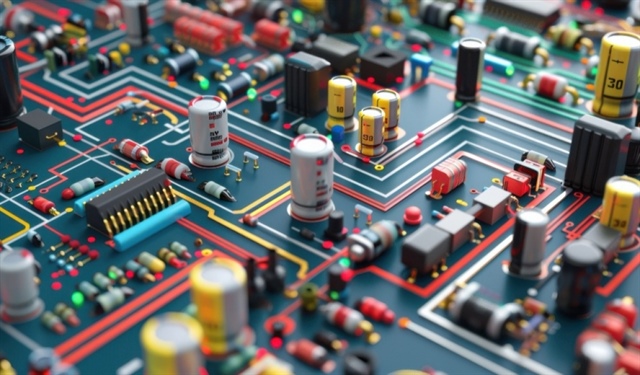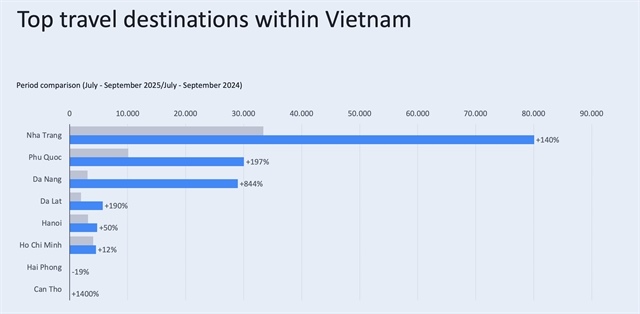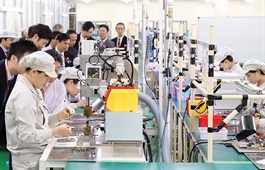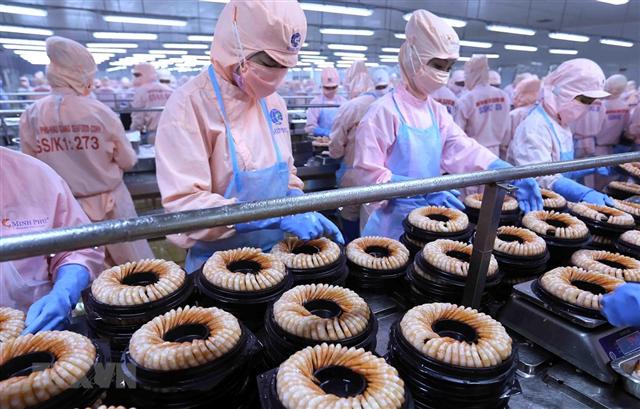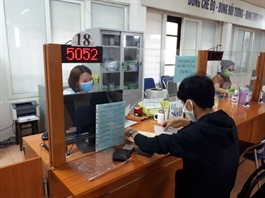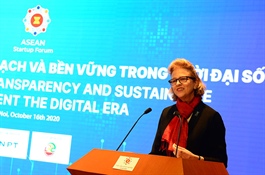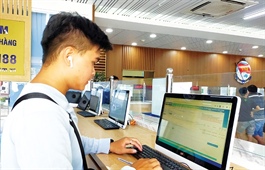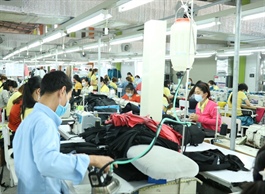Actions plans to mobilise a new major wave of FDI
Actions plans to mobilise a new major wave of FDI
A particularly harsh 2020 has nevertheless put Vietnam in a strong position to attract foreign investment. Do Nhat Hoang, director general of the Foreign Investment Agency, discusses with VIR’s Nguyen Huong what makes the country the target of so much affection.
How does Vietnam measure up to regional competition in attracting foreign investment?
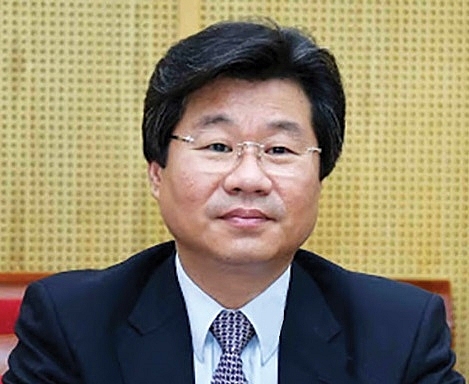
Do Nhat Hoang, director general of the Foreign Investment Agency
|
Vietnam’s appeal comes from both internal and external factors, including stable politics, fast-growing and sustainable economy, abundant labour force, large market, competitive costs, strong incentives, a high level of global integration, and favourable location.
Besides all this, central and local governments have gone into great lengths to improve the investment climate, reform policies and administrative procedures to facilitate foreign investors to do business successfully in Vietnam. Additionally, the country’s success in managing COVID-19 has consolidated the confidence of foreign investors in Vietnam and strengthened the country’s reputation.
The trade war among the biggest economies enables multinationals to relocate factories to avoid high taxes, and COVID-19 contributes to push the process of diversifying partners and supply chains. Some developed countries like the United States, Japan, and South Korea have already provided help for their corporations to return production home or shift it to a third country. Vietnam has been the rising star receiving a great deal of this interest thanks to its good investment climate and strong showing with the pandemic.
With three major waves of foreign direct investment (FDI) triggered by Vietnam’s international integration in the past, do you think there will be more to come?
With the aforementioned advantages, Vietnam can expect to welcome a fourth FDI wave. Notably, Apple has strengthened its manufacturing operations in Vietnam through its three major partners of including Foxconn, Winstron, and Luxshare, while Pegatron has recently registered a new business in the country.
The first wave of FDI (1993-2000) was formed when Vietnam issued the Law on Foreign Investment and Vietnam-US relations were normalised. These changes brought numerous corporations to make massive investments in Vietnam, focusing on consumption goods, electronics, assembly, and oil and gas exploration.
This was a time when major US brands like PepsiCo, Coca-Cola, Cargill, and P&G as well as Asian investors like Hyundai, Honda, Panasonic, and Sony set up shop in the country.
The second wave (2001-2006) came after Vietnam and the US signed a bilateral trade agreement, opening the door for exporting Vietnamese goods to the US. The agreement brought a lot of investors in textiles, footwear, and furniture, as well as suppliers to global brands.
Becoming a member of the World Trade Organization in 2006 unlocked the third FDI wave that has lasted to date. This wave prompted a departure in Vietnam’s FDI attraction strategy from capitalising on cheap labour towards quality investment by concentrating on high-tech manufacturing like Samsung, Foxconn, Compal, and Nokia, instead of utilising cheap labour. Besides that, the development of the local private sector in Vietnam and the recovery of the securities market attracted numerous large-scale indirect investments.
What is Vietnam doing to welcome FDI now?
We need the collaboration of various ministries and agencies to deploy solutions and realise the breakthroughs set forth. To prepare land for projects, the Ministry of Planning and Investment and the Ministry of Natural Resources and Environment need to review and withdraw under-performing projects to turn them into clean land for new projects. We will build and announce the list of localities, industrial zones, and economic zones where infrastructure, human resources, and energy are ready to receive relocation projects.
Regarding human resources, the Ministry of Labour, Invalids and Social Affairs, in collaboration with ministries and agencies, will strengthen training in high-quality sectors like digital tech, IT, electronics, telecoms, and mechanical engineering, suiting the demand of foreign-invested enterprises. They are also building a database on Vietnamese engineers who used to work or study abroad to provide to foreign employers.
Supporting industries are also being strengthened through Resolution No.23-NQ/TW dated 2018 on orientations to build the national Industrial Development Strategy until 2030 with a vision to 2045, and last year’s Resolution No.50-NQ/TW on perfecting institutions and policies, and improving the quality and efficiency of foreign investment cooperation activities to 2030. Moreover, the Ministry of Industry and Trade (MoIT) has built the Supporting Industry of Vietnam web portal to boost links between foreign and local businesses.
In order to ensure that power generation can cover manufacturing, the MoIT is building an programme to implement Resolution No.55-NQ/TW dated February on the National Energy Development Strategy of Vietnam towards 2030, with a vision to 2045, as well as developing a new National Power Development Plan.
What would you advise to maintain the country’s FDI attraction?
Vietnam is making efforts to achieve post-pandemic recovery and is seeing good outcomes. Quarantine and health check requirements are being eased now that the pandemic seems to be under control here again. This is good news for investors looking to explore the market which is not only recovering but innovating and developing a digital economy and e-governance.
Now the country is picking foreign-invested projects based on quality, efficiency, level of technology used, and environmental impact. Additionally, projects with cutting-edge technology, modern governance, and high added value are helping Vietnam join global supply chains and receiving priority to ensure the performance and sustainability of FDI mobilisation.


